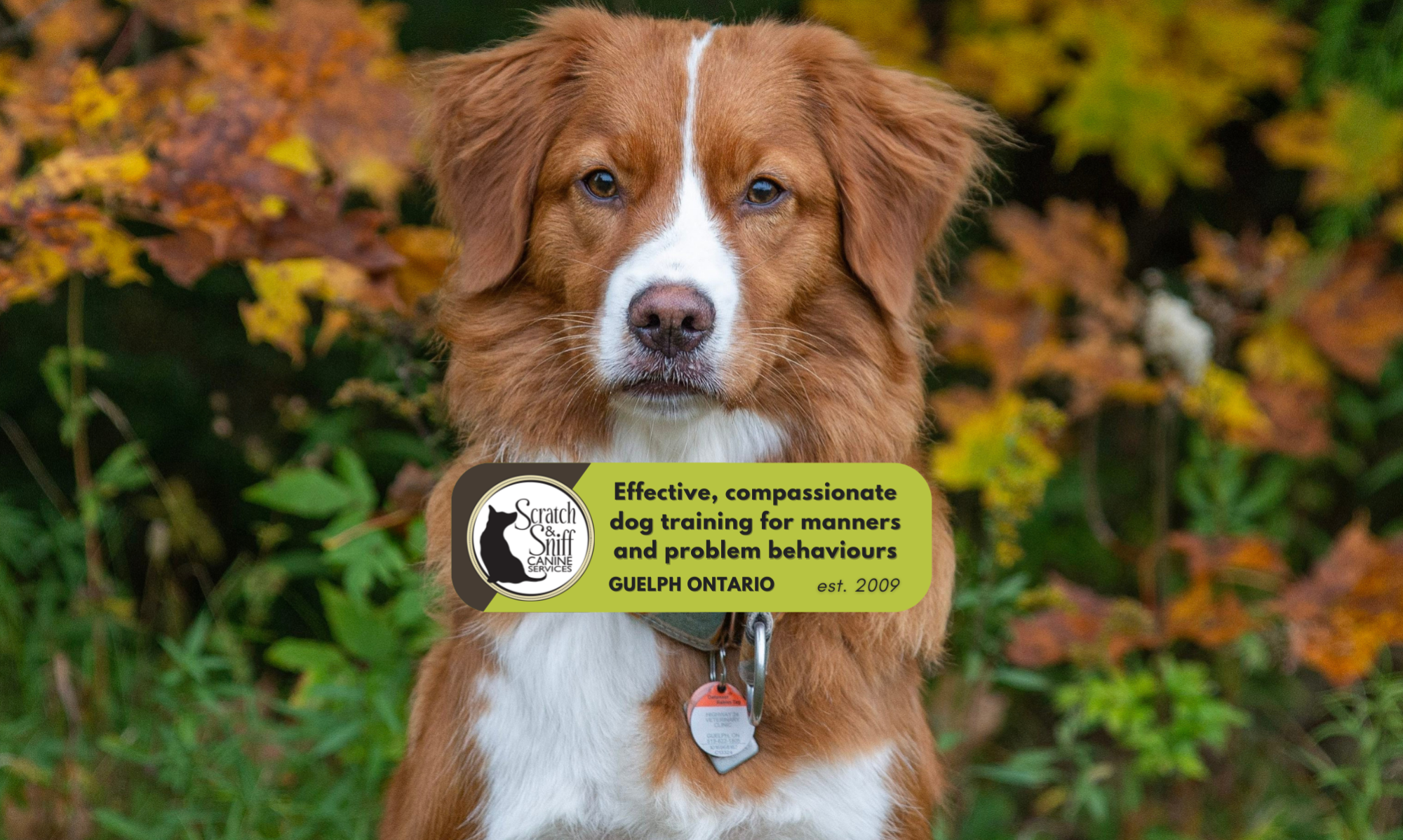VETO
noun \ˈvē-(ˌ)tō\
plural: vetoes
Definition of VETO
1 : an authoritative prohibition : interdiction
2 a : a power of one department or branch of a government to forbid or prohibit finally or provisionally the carrying out of projects attempted by another department; especially : a power vested in a chief executive to prevent permanently or temporarily the enactment of measures passed by a legislature
b (1) : the exercise of such authority (2) : a message communicating the reasons of an executive and especially the president of the United States for vetoing a proposed law
from http://www.merriam-webster.com/dictionary/veto
Kathy Sdao brought this term to the attention of dog trainers through its use in demos during seminars. “Everyone,” she says, addressing the handlers as well as the audience, “has the power of veto during this demo.” She invites anyone in the room to speak up if they are uncomfortable with the process, regardless of whether they can articulate why that is, and the demo will be halted until the issue is settled. This is such an important piece of information to clearly state, especially when working with behavioural problems (i.e. aggressive behaviour) that can result in tangible ill-consequences (i.e. a bite). Not only is this important to make clear in seminars, but also in private training situations.
A seminar I attended recently brings this issue to the forefront of my mind. I have never felt so profoundly unsafe during a demo. The overall level of knowledge and skill of behaviour modification among the owners/handlers of the demo dogs was nil, a point that is important to consider when organizing the physical space during a seminar. One of the dogs, I’ll call her Fiona, was reacting throughout the day to both people and dogs. I personally witnessed this dog bite, luckily with great inhibition, both her handler (hand) and the seminar presenter (foot), and I heard someone else say she bit her finger that morning. Despite this, the dog was only crated, uncovered, for a total of 10 minutes, and this wasn’t even during the other demos when she was most reactive. Another dog, let’s call her Sticky, had a history of “going for the jugular” of other dogs, and she was left sitting on the floor while the current demo dog was running about off-leash. Fiona and Sticky were sitting across the circle, about 15 ft apart. A larger dog, Pebbles, soon entered the room and sat in that small space between Fiona and Sticky (sending Fiona into a whirlwind of reactive behaviour). As the handler held the 6ft leash at its end, Pebbles scooted enthusiastically towards Sticky, whose eyes widened and body grew rigid. I, sitting near, lept up between the two and ushered Pebbles away from Sticky. Neither handler reacted, not even when I overtly suggested that Pebbles’ handler move her chair back and gave the reason why. Between my trainer friend and I, we made seven or eight polite and constructive requests of the handlers – for example, “perhaps she would be more comfortable in her crate?” or “would you like me to move your chair back away from the other dog?” – none were heeded. I was flush-faced with my heart racing coming out of this seminar. Being simply an audience member, not in the position of ‘authority’ as a paid trainer, meant that I was left feeling like my hands were tethered and mouth taped shut as I watched a toddler reaching a fork toward a live electrical outlet…
The overt granting of the power of veto emphasizes the nature of behaviour modification training: SAFETY. If members of the audience or handlers are feeling that a situation is unsafe, even if it is only an inexplicable gut feeling, that should be honoured and the situation reassessed. I can articulate exactly the problem in this situation, and through that I know that the dogs did not feel and/or were not safe (Pebbles was aroused and not reactive, however was put at high risk of a bite from Sticky.) The handling of the dogs by the seminar presenter was very competent, however the environment outside of that isolated circumstance was not addressed nor was a risk reduction strategy put in place. Everyone having the power of veto means that everyone is responsible for their voicing concerns over potentially unsafe situations, and more importantly, everyone’s concerns about safety will be respected and addressed.
A terrible situation may have been narrowly escaped today, but what may be more significant is the long-term effect of the audience members’ implicit memory. These dog owners are at the beginning of their journey into behaviour and training, and they were not taught to recognize dangerous situations. This lack of environmental management – cramming reactive dogs into a line 15ft long while owners were being bitten and aroused dogs were allowed to approach dogs with a history of aiming bites at other dogs’ throats – was normalized as an acceptable way to handle dogs, in particular those with significant behavioural problems. I don’t think that anyone involved necessarily did anything unsafe, however not doing – not managing, not stepping in, not recognizing risk – if often just as dangerous.
